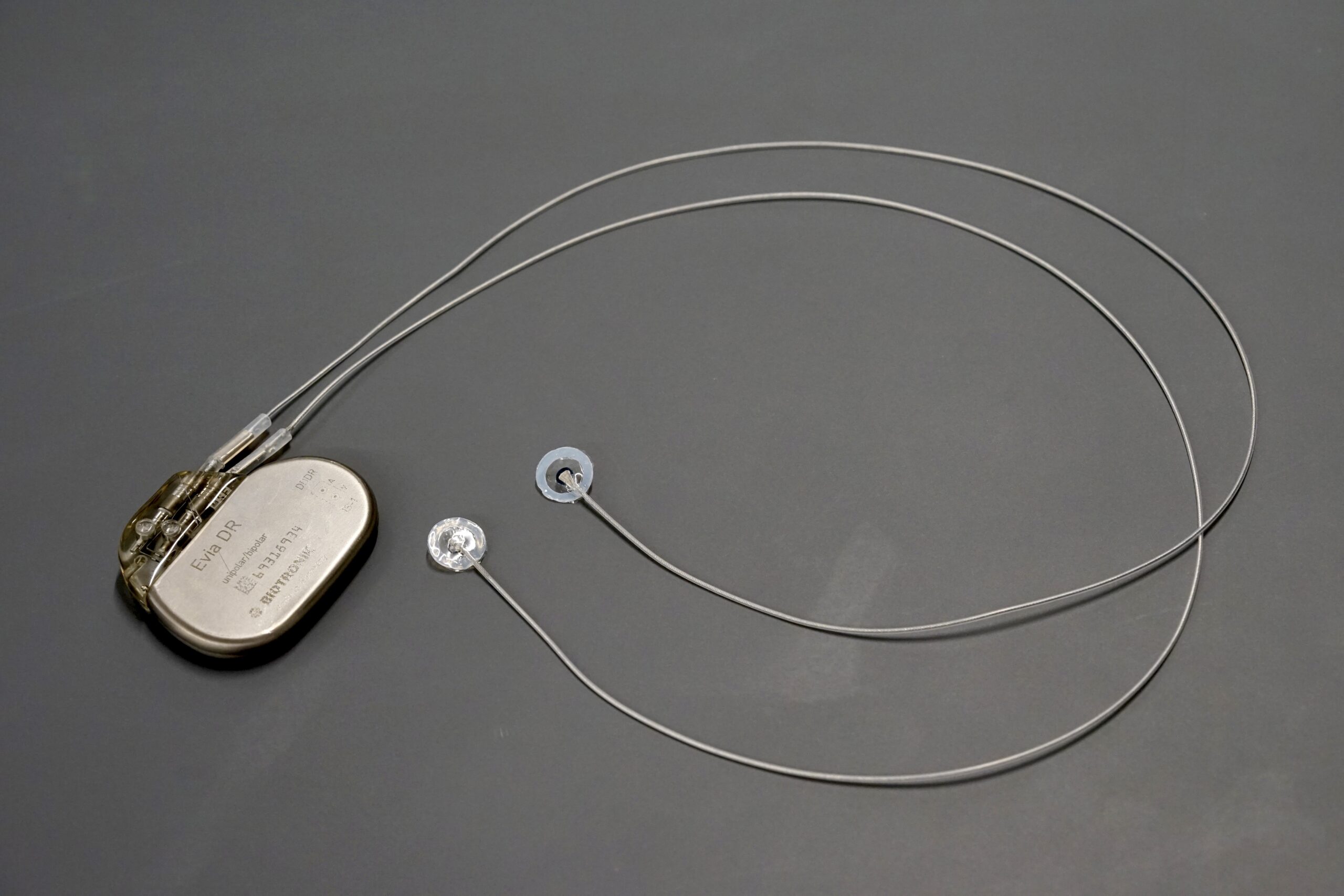Wearable technology such as smartwatches and health trackers have revolutionized how we monitor our physical well-being. Now, researchers at MIT have taken this concept to an incredible new level by creating wearable devices that target individual cells within the human body.
These innovative devices are battery-free and incredibly small, crafted from a soft polymer that allows them to delicately encase various parts of neurons, including axons and dendrites. The process of activation occurs wirelessly through the application of light, enabling these devices to accurately measure and modify the electrical and metabolic activities of neurons at a microscopic level without causing harm.
In a groundbreaking development, the researchers envision a future where thousands of these tiny devices could be injected into the body, activated remotely with light. By adjusting the light intensity and direction from outside the body, scientists could control how the wearables engage with the neurons precisely.
These wearable technologies hold great promise in addressing neuronal degeneration associated with debilitating diseases like multiple sclerosis. Ultimately, they could revolutionize treatments by integrating with other materials to create tiny circuits for individual cell measurement and modulation.
“The platform technology we present here serves as a foundational stepping stone that paves the way for numerous future research possibilities,” states Deblina Sarkar, an AT&T Career Development Assistant Professor at the MIT Media Lab and head of the Nano-Cybernetic Biotrek Lab. She is a senior author of the recently published paper on this technology.
Sarkar collaborated with lead author Marta J. I. Airaghi Leccardi, a former MIT postdoctoral researcher now at Novartis; Benoît X. E. Desbiolles; Anna Y. Haddad ’23, an undergraduate researcher; and graduate students Baju C. Joy and Chen Song. Their research appears today in Nature Communications Chemistry.
Adapting to Complex Cell Structures
Brain cells exhibit intricate shapes, making it challenging to design bioelectronic implants that neatly conform to their structures. Axons, for instance, are long, thin components linking neurons to other body areas, varying dramatically in length and curvature. These delicate cellular parts require devices soft enough to interface without causing damage.
To tackle these challenges, the MIT team crafted thin-film devices using a soft polymer known as azobenzene, ensuring that these wearables would not harm the cells as they embrace them.
When exposed to light, the azobenzene undergoes a transformation that causes thin sheets to curl, enabling them to gently wrap around the neurons. By adjusting the intensity and polarization of this light, researchers can control the size and shape of the device coverings.
The thin films can be fashioned into microtubes with diameters smaller than a micrometer, allowing them to securely wrap around even the most highly curved axons and dendrites.
“We can finely tune the width of the roll, stopping at desired dimensions simply by adjusting the light energy,” explains Sarkar.
Through extensive experimentation, the researchers pinpointed a scalable fabrication technique suitable for use without a clean room environment.
Creating Miniature Wearables
The process begins by placing a drop of azobenzene on a water-soluble sacrificial layer. A stamping method allows for the creation of thousands of tiny devices, with the ability to shape them into various forms, from simple rectangles to elaborate flower patterns. Following a baking phase to remove solvents, any remaining material is etched away, allowing the devices to be released after dissolving the sacrificial layer.
Once freed in solution, these devices can be activated using light, allowing them to roll and maintain their structures for extended periods post-illumination.
Initial tests on rat neurons confirmed the devices could safely wrap around even highly curved axons and dendrites without damaging them. “Achieving a close interface with these cells required that our devices be soft enough to adapt to their complex forms—this was the challenge we addressed in our research. We’re the first to demonstrate that azobenzene can wrap around living cells,” she notes.
One prominent application for these innovations is to act as synthetic myelin for damaged axons. Myelin, the insulating layer surrounding axons, is crucial for efficient neurological communication, and its loss is a key feature of diseases like multiple sclerosis. By providing synthetic myelin, these wearables could potentially help restore neuronal function.
The researchers have also demonstrated how these devices can be paired with optoelectrical materials for cell stimulation. Additionally, they’ve found that thin materials can be applied to the devices, allowing them to maintain functionality while rolling into microtubes. This capability opens new avenues for integrating sensors and circuits into the devices.
By establishing such close connections with cells, these microscale wearables could require minimal energy to modulate specific regions, facilitating targeted treatments for brain disorders.
“It’s exhilarating to show how an artificial device can work symbiotically with a cell at such a detailed resolution. This technology is not just theoretical; it’s a reality we have achieved,” Sarkar concludes.
The research was funded by both the Swiss National Science Foundation and the U.S. National Institutes of Health Brain Initiative.
Photo credit & article inspired by: Massachusetts Institute of Technology



